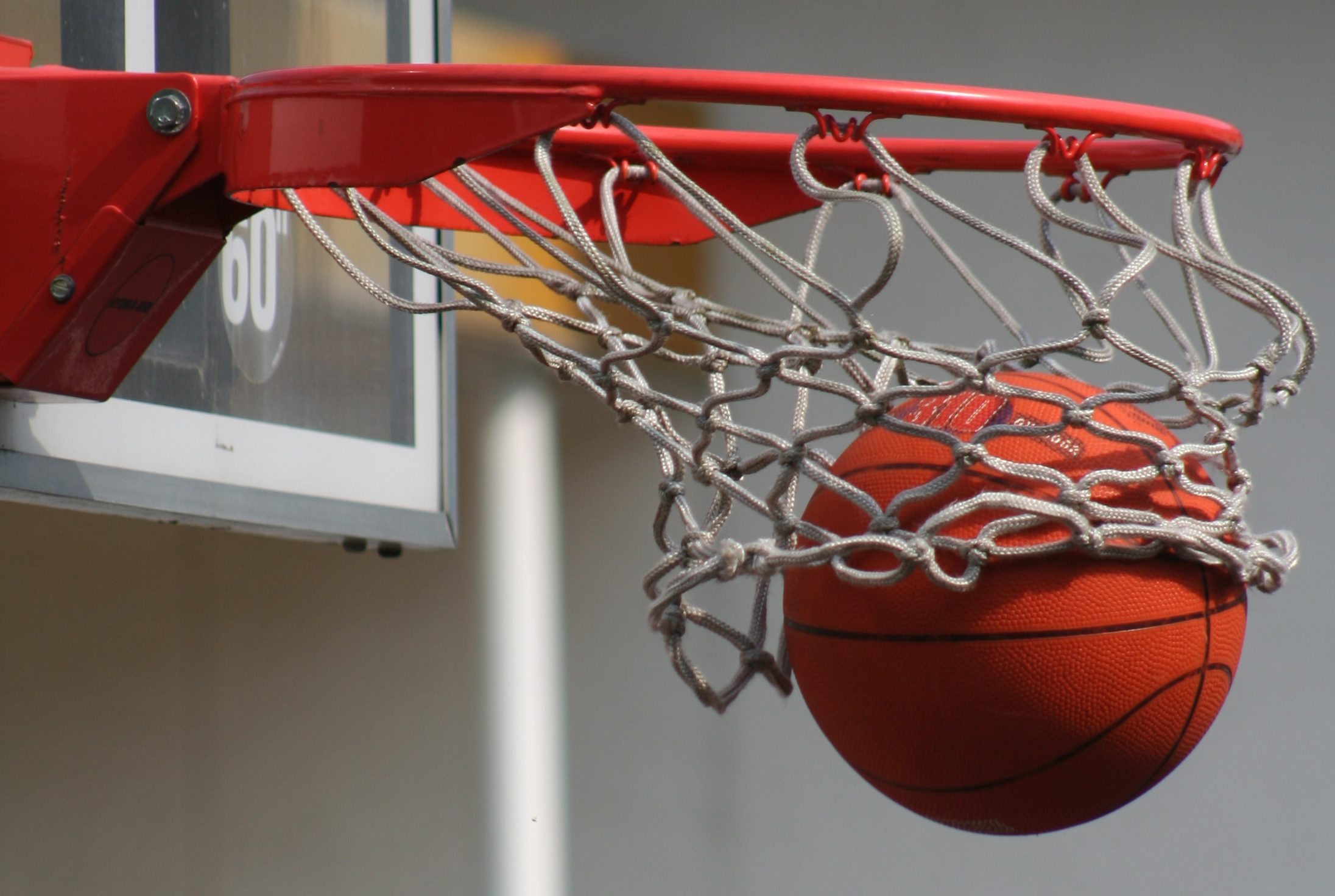Sports
Nothing But Net: Students Design Shot Tracking Basketball Hoop – Texas A&M University Today

Missed free throws may be a thing of the past with the help of mechanical engineering students.
Though it may not reach the court of your favorite collegiate or professional athlete, a team of seniors in the J. Mike Walker ’66 Department of Mechanical Engineering have designed a prototype basketball hoop and backboard system capable of tracking the trajectory of a ball and moving to achieve that satisfying swish.
“The overall goal of the project was to develop a working prototype of a basketball backboard and hoop system that will move to meet the trajectory of a basketball thrown anywhere aimed at the backboard,” said Brooke Slezak, one of the students who worked on the project. “The system uses motion tracking to sense a projectile’s motion and provides a mechanical response to reflect the projectile toward a target.”
While the prototype shows potential as a playful consumer product, Slezak said the technical implications of the design point to further reaching impacts in fields ranging from national defense to autonomous vehicles, where critical decision-making is based on sensor data analysis and rapid response.
Alongside Slezak, the team included Brian Dobesh, Kristian Korrodi, Blaine Kuehn, Alex Shiller and Trevor Sides. They were advised by Drs. Waqar Mohiuddin and Ravi Thyagarajan.
Sides said the team — which was divided into two sub-teams — was pleased with how smoothly the collaborative process ran, crediting much of the project’s accomplishments to early victories in the initial phase. While they had budgeted two weeks for troubleshooting integration errors, the team got the systems running on the first try — enabling them to reallocate the time for refining the project.
“We were able to integrate mechanical engineering, computer science and basketball into a single project,” Sides said. “It’s a project that, at the end of the day, is easily recognizable and fun to play with.”
Although getting the prototype operational was a smoother process than expected, the team still faced challenges — the greatest among them was ensuring the system could function with a practical response time to make as many shots as possible.
“With motion tracking, calculations of parabolas to new backboard position and moving the backboard with the motors, the team had to make the system as fast and reliable as possible in the time of flight of the ball,” Dobesh said.
Where the prototype allowed the team to apply their skills toward a physical goal, the process itself presented the students with the chance to experience what working on a real project could look like in their professional lives after Texas A&M University.
“Small accomplishments made every day add up over the course of a year,” Shiller said. “At the beginning of this project, all of the tasks seemed daunting, but we quickly started to split tasks into manageable pieces. When all the pieces were put together in the end, it was very rewarding to see the system work.”
The senior design capstone program allowed the students to apply all the knowledge and experience their undergraduate years provided and use it to create a fun and meaningful project.
“The capstone program was great for us to learn how to see a project from start to finish. There are a lot of nuances in project management that you can’t learn by only being in the classroom,” Shiller said. “This program gives us an edge at the beginning of our careers because we already have completed a real engineering project with monetary and time constraints.”
This article by Steve Kuhlmann originally appeared on the College of Engineering website.
A Texas A&M-led project aims to sustainably address the heating and cooling needs of buildings by implementing smart, efficient heat pump systems.
Texas A&M Researchers are applying metal additive manufacturing techniques to embed a hidden cache of information within products to help combat counterfeited goods.
The test uses smart shoe insoles to assess a patient’s falling risk and symptom progression, as well as provide treatment suggestions through an easy-to-use phone application.
The Gulf Coast Consortium Research Evaluation and Commercialization Hub will support translation of research discoveries to patient care.
James R. McIlroy ’45 was a freshman at Texas A&M when Pearl Harbor was attacked and the U.S. entered the war. He’s among the thousands of Aggies who answered the call to service.
Led by a Texas A&M Health physician, the organization is working to transform health care in Africa’s most populous country, with plenty of help from students.
Subscribe to the Texas A&M Today newsletter for the latest news and stories every week.









